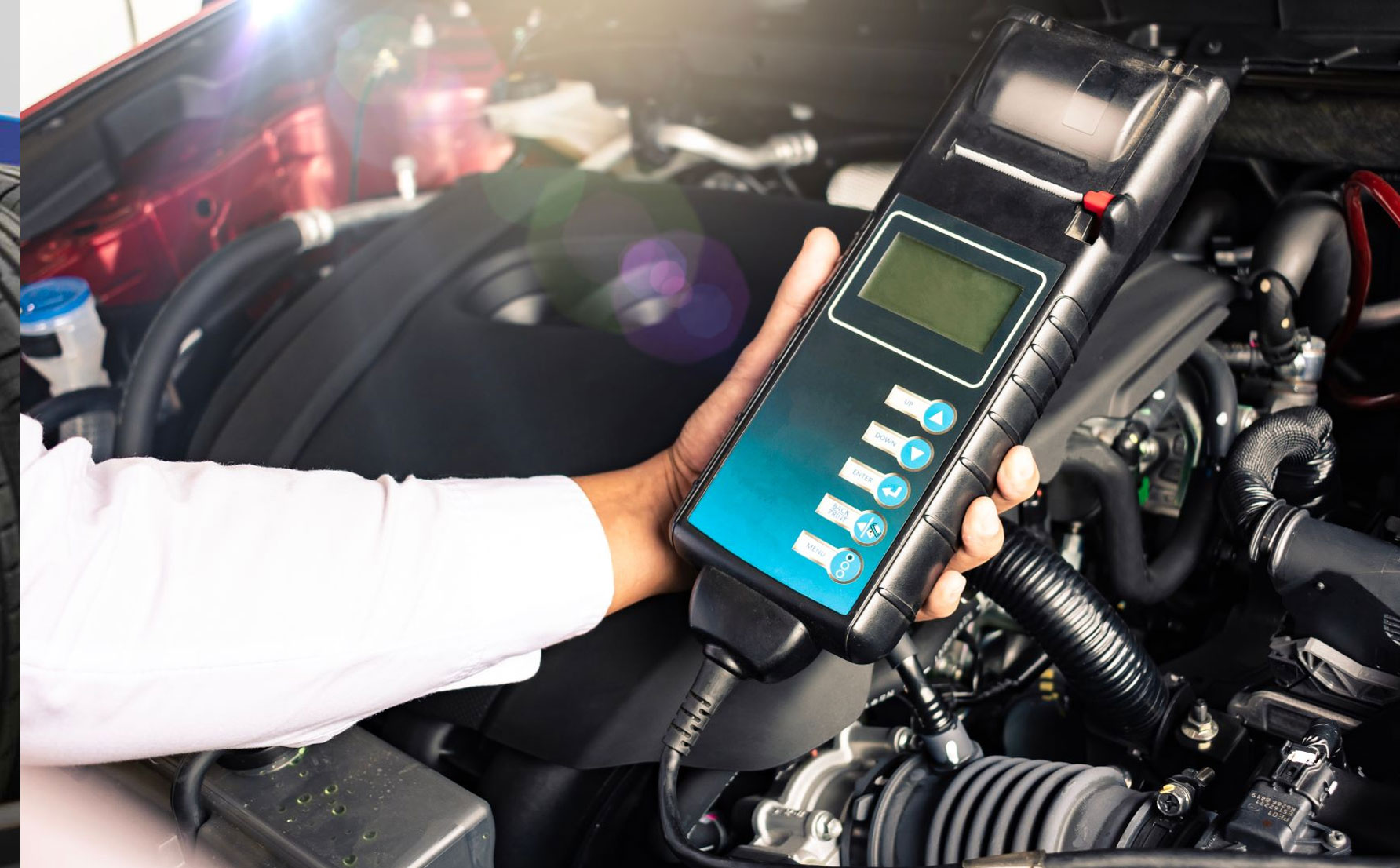No items in cart right now!
Working Hours - 8 AM To 8 PM
 September 22
September 22
Your car battery is the heart of your vehicle’s electrical system, powering everything from ignition to lights and electronics. Over time, batteries lose their efficiency, and that’s where a battery health tester becomes essential. Whether you’re a car owner or a professional mechanic, knowing how to use this tool ensures you get accurate results and prevent unexpected breakdowns.
Why Use a Battery Health Tester?
A battery may look fine on the outside, but could be losing power inside. A battery health tester helps you:
Check the battery’s voltage and overall condition.
Detect early signs of weakness before a complete failure.
Save money by avoiding unnecessary battery replacements.
Ensure your vehicle starts reliably in all weather conditions.
For complete car care, it’s equally important to maintain quality tyres. Explore a wide range of tyres to keep your vehicle safe and performing at its best.
Follow these simple steps for accurate readings:
Turn off the engine and all electrical accessories (lights, AC, radio).
Ensure the battery terminals are clean and free of corrosion.
Attach the red clamp to the positive (+) terminal.
Attach the black clamp to the negative (–) terminal.
Most modern testers offer:
Voltage Test – checks the charge level.
Cold Cranking Amps (CCA) Test – measures starting power.
Health Test – gives an overall health rating.
The tester will display values such as:
Voltage (12.6V = fully charged, below 12.0V = weak).
State of Health (SOH) – percentage of battery’s life left.
State of Charge (SOC) – current charging level.
Good Battery: Healthy and ready for use.
Recharge: Battery needs charging, but is still functional.
Replace: Battery is weak and should be replaced soon.
Test the battery when it’s cool for best results.
Avoid testing right after charging – wait at least 30 minutes.
Perform regular checks every 3–6 months, especially before long trips.
If the battery is older than 3 years, test it more frequently.
Testing without turning off the engine.
Mixing up positive and negative terminals.
Ignoring warning signs even when the tester shows low health.
Not re-testing after charging a weak battery.
Conclusion
Using a battery health tester is an easy and reliable way to monitor your car’s battery performance. By following proper steps and avoiding common mistakes, you can detect issues early, extend your battery’s lifespan, and enjoy peace of mind on the road. Regular testing ensures you’re never caught with a dead battery at the worst time. If you need expert guidance or assistance, feel free to contact us today.
Read more A Guide to Choosing the Right Tire — Tyre Buying Tips
How to Buy Tires — Etarat
1. Can I use a battery health tester on any car battery?
Yes, most testers work with 12V lead-acid batteries, including AGM and EFB types.
2. How often should I test my car battery?
Every 3–6 months or before long trips.
3. Do I need to remove the battery to test it?
No, most testers allow in-vehicle testing.
4. Can a tester recharge a weak battery?
No, it only measures health. You’ll need a charger to restore power.
5. What does SOH mean on a battery tester?
SOH (State of Health) shows the remaining lifespan of your battery as a percentage.
leave a comment